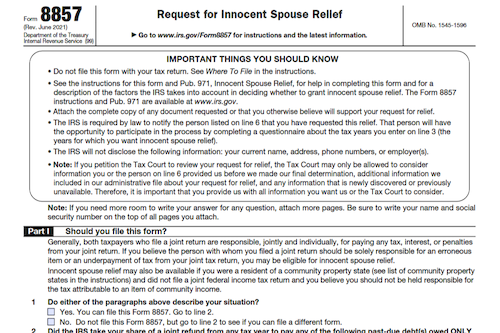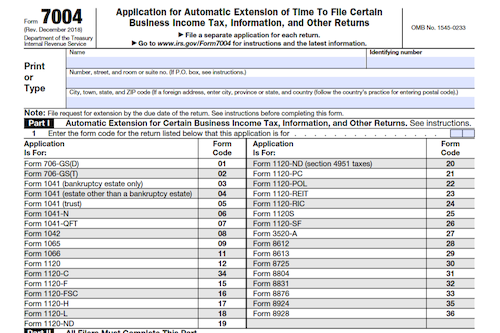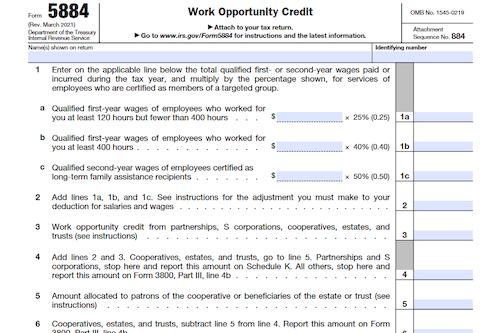Are you an organization that meets certain conditions and is interested in electing to be treated as a REIT for the tax year? Learn about the form requirements and general qualifications you need to meet to qualify as a REIT in this article.
What is Form 1120-REIT?
What is a Real Estate Investment Trust (REIT)? A REIT is a corporation, trust, or association specifically established for the purpose of owning and operating income-producing real estate such as commercial or residential housing and mortgages. To qualify as a REIT, the organization must meet certain regulations and requirements such as having no more than 100 shareholders, not being a closely held corporation, having a calendar tax year, and ensuring that the deduction for dividends paid is at equal or greater than the required amount. In addition, Form 1120-REIT is used to report income, gains, losses, deductions, credits, certain penalties, and income tax liability of a REIT.
IRS Form 1120-REIT – Who Needs to Fill It Out?
Form 1120-REIT must be filled out by any corporation, trust, or association that is managed by one or more trustees or directors and that elects to be treated as a REIT for the tax year, has not terminated or revoked its election to be treated as a REIT, or is certifying as a qualified opportunity fund (QOF). To qualify as a REIT, the organization must also meet gross income and diversification of investment requirements of section 856, have no accumulated earnings and profits from any tax year that it was not a REIT, have adopted a calendar tax year, and have the deduction for dividends paid equal or exceed certain thresholds.
Step-by-Step: Form 1120-REIT Instructions For Filling Out the Document
Filling out Form 1120-REIT is a necessary step for any corporation, trust, or association that elects to be treated as a Real Estate Investment Trust (REIT) for the tax year, or for any entity that has made that election in a prior tax year. In order to qualify as a REIT, the entity must meet certain conditions including being a corporation, trust, or association, being managed by trustees or directors, having at least 100 persons benefitting from transferable shares or certificates of beneficial interest, otherwise being treated as a domestic corporation, not functioning as a financial institution or subchapter L insurance company, and not being closely-held. In addition, they must have no accumulated earnings and profits from any tax year not spent as a REIT, and have a deduction for dividends paid equal or exceeding certain outlined criteria. Be sure to read both Sections 856 and 857, and their related regulations for more information about guiding requirements and exceptions.
Below, we present a table that will help you understand how to fill out Form 1120-REIT.
| Form Name | Information Required | Details |
|---|---|---|
| Form 1120-REIT | Instructions for Form 1120-REIT | Instructions for filling out Form 1120-REIT, which is used by corporations, trusts, or associations electing to be treated as a Real Estate Investment Trust (REIT) for tax purposes. |
Do You Need to File Form 1120-REIT Each Year?
Yes, if you are a corporation, trust, or association that meets certain conditions and elects to be treated as a Real Estate Investment Trust (REIT) for the tax year, you must file Form 1120-REIT. Additionally, if you are a Qualified Opportunity Fund (QOF), you must file Form 1120-REIT and attach Form 8996, even if there is no income or expense to report. To qualify as a REIT, there needs to be a corporation, trust, or association, managed by trustees or directors, with beneficial ownership evidenced, and other requirements such as taxation, diversification, and deduction of dividends must be met.
Download the official IRS Form 1120-REIT PDF
On the official IRS website, you will find a link to download Form 1120-REIT. However, to make it easier for you, we are providing the link in our article, which comes directly from the official irs.gov website! Click to download Form 1120-REIT
Sources:




